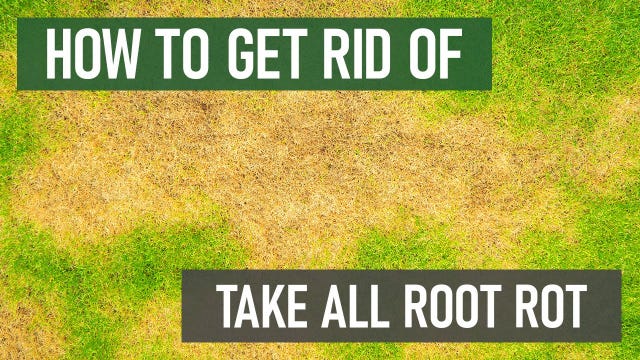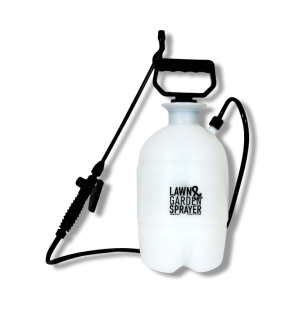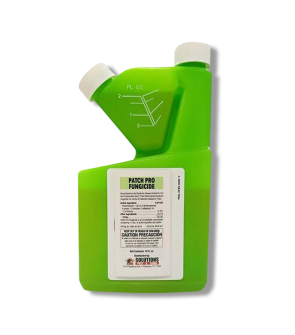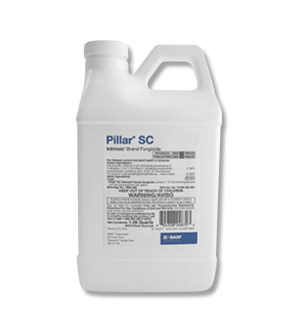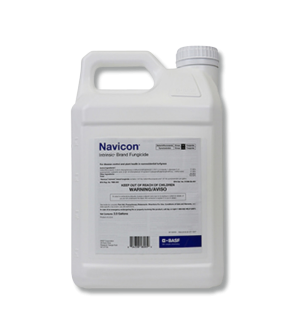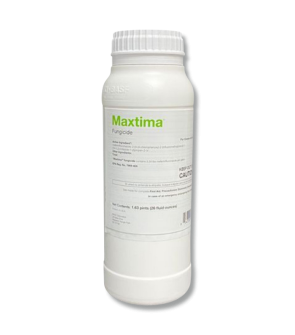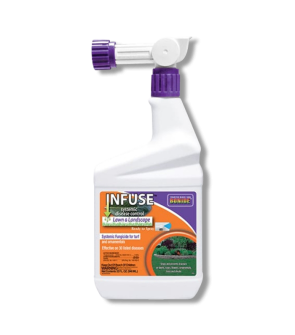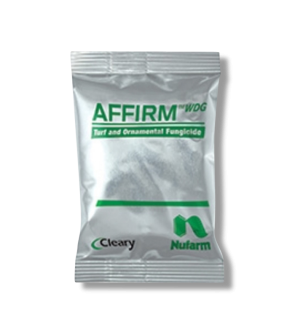Gain access to personalized product screening, the best pricing, rewards, and more!
Most Effective Products
Take All Root Rot Control: How To Get Rid of Take All Root Rot
Take-all root rot is a fungal disease that appears in weak, brown, dead patches of turfgrass that become very lethargic and suffer from stunted growth. For the last 10 to 15 years or so, it has become a significant problem in hot and humid southern states such as Texas and other areas around the South.
Take-all root rot has been known to have a major detrimental effect on St. Augustinegrass and bermudagrass. Take-all root rot has also been nicknamed "bermudagrass decline" due to the damage it causes to the grass type.
Take-all root rot is caused by a fungus known as Gaeumannomyces graminis var. graminis. This fungus lives in the soil and activates when conditions are ideal. Take-all root rot is commonly found in disease-stressed lawns and healthy lawns.
If your lawn is infected with take-all root rot, we advise you to act quickly to treat it before it takes over. Our lawn care team developed the DIY treatment guide below to eliminate take-all root rot. By using our recommended products and carefully following our step-by-step instructions, you will successfully remove take-all root rot from your lawn quickly and affordably.
Identification

Before you can carry out a treatment program, you must ensure that you take all root rot, which is the disease you see. Misidentification can lead to using the wrong treatment products, which is a waste of time and money. Below, we have shared what take-all root rot looks like so you can properly identify it.
- Signs of take-all root rot are usually so subtle that most lawn owners won't notice the infection right away. Young leaf blades often begin to turn yellow or a faint green, often misdiagnosed as a nutrient deficiency or damage caused by chinch bugs.
- The problem is realized when they turn very brown and die irregularly. At worst, the roots can all die off, kill the entire grass, and become replaced on your lawn.
- The clearest symptom of take-all root rot is the emergence of yellowed leaf blades that eventually become brown and begin wilting. The turf then begins thinning, and what is left are brown, irregular-looking patches that range from 1 foot to as much as 20 feet in diameter.
Use the image and description above to determine if you have take-all root rot. If you are not entirely sure, you can contact us, and we will confirm the disease type and suggest products for control.
Inspection

This disease is called take-all root rot because it tends to remove the grass from your lawn, leaving you with a bare spot. It takes everything, leaving you with just dirt, hence the name.
Where to Inspect
Like most lawn disease problems, take-all root rot is found in shady lawn areas. When inspecting for take-all root rot, examine the roots of infected grass closely to diagnose the issue properly.
What to Look For
Take-all root rot causes rotting of the stolon, the actual runner of the grass, and at the roots. If you pull out a runner, you will see that it browns or almost blackens lengthwise down the stolon. If you start to pull the stolon up from the dirt, you will see that the roots themselves are short, blackened, and rotting.
Healthy roots are usually a light, creamy white color, and pulling the plant out from the root would take some effort because it would be planted firmly. On a lawn infected with the take-all root rot, the plants could be tugged out from the soil with little to no effort, similar to a lawn grub problem.
Treatment
Before using any pesticides, ensure you have the proper personal protective equipment to prevent chemicals from coming into contact with your eyes or skin. Gloves, safety goggles, and long-sleeved clothing are a must.
The fungicide options for take-all root rot are limited due to the broadness of the name. We recommend using Patch Pro, a broad-spectrum fungicide that works quickly and is cost-effective. However, as mentioned previously, take-all root rot will not be specifically named on Patch Pro.
Step 1: Measure & Mix Patch Pro

Determine how much Patch Pro Fungicide you will need by measuring the square footage of the treatment area. Find the square footage, measure the length and width in feet, and then multiply them together (length X width = square footage).
For a general application, use between 0.5 to 4 oz. of Patch Pro per gallon of water per 1,000 sq. ft.
Mix the Patch Pro with the appropriate amount of water in a hand-held pump sprayer, close the lid, and shake the sprayer to agitate the solution. Now, you are ready to treat.
Step 2: Spray Patch Pro

Apply generously to the affected areas via the fan spray setting for even coverage. The water will ensure the product moves into the grass stolon and root zone rather than drying on the leaves. Re-application may be necessary to ensure the problem has been neutralized.
Timing is important when using fungicides; the best time for application is springtime or fall.
Prevention
Once take-all root rot is no longer on your lawn, you must implement preventative measures to prevent it from returning to your yard. Some conditions where take-all root rot may form are excessive shade, herbicide injury, soil compaction, temperature extremes, imbalanced soil fertility, inappropriate irrigation scheduling, improper mowing height or frequency, or any other condition that weakens the turf. By addressing these conditions, you can ensure that your lawn is healthy and vibrant, and take-all root rot will be a problem of the past.
- Promote the growth of healthy roots as much as possible. Address any water drainage issues at and below the soil surface. Areas of your lawn that stay wet are prone to the disease. Improve the drainage, and do not overwater your lawn. It is better to water infrequently but deeply (6 to 8 inches deep) than to give the grass frequent, shallow watering.
- Have the soil tested, then fertilize based on the test results. If excessive thatch has accumulated, this can also make the conditions ripe for take-all root rot to take hold. Applying too much nitrogen encourages thatch to accumulate, making the turfgrass more vulnerable to disease outbreaks and other environmental stress.
Key Takeaways
What is Take-All Root Rot?
- Take-all root rot is a fungal disease that occurs in the shade and can spread very quickly and kill your turfgrass if you don't intervene.
How To Get Rid of Take-All Root Rot
- Our top recommendation for treating take-all root rot is Patch Pro. Our stronger products provide more value than you'll find at big box stores, saving you time and money.
Preventing Take-All Root Rot Reestablishment
- Proper care of your grass is essential to preventing take-all root rot from coming back. Address issues of shade, mow at the best height for your grass, and establish a good watering and fertilization routine to strengthen your turf so it can fight off disease.






